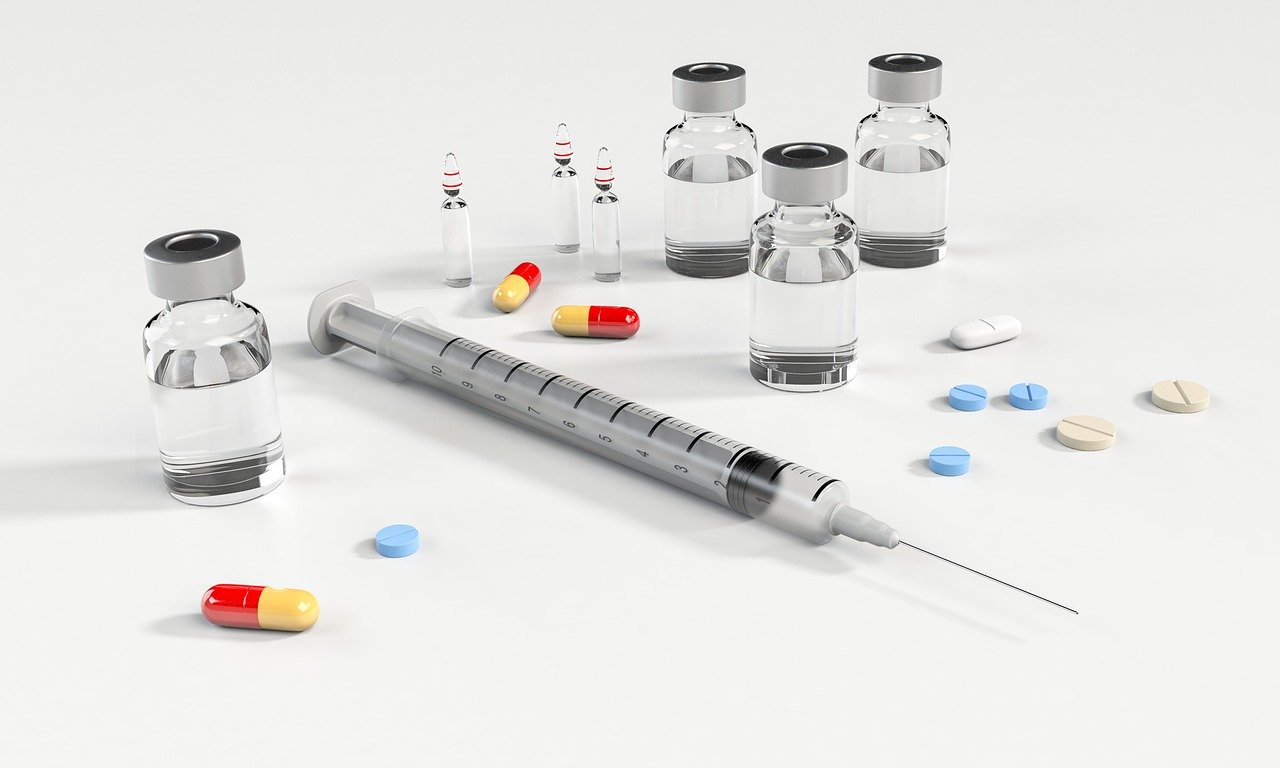
>>>Click here to try the tool<<<
Sterilization Methods for Aqueous Products: A Decision-Making Framework
The sterilization of aqueous pharmaceutical products requires careful consideration of various methods to ensure product safety and quality. A systematic decision-making approach helps manufacturers select the most appropriate sterilization method based on product characteristics and processing capabilities.
Steam sterilization at temperatures ≥121°C for ≥15 minutes serves as the primary choice when product stability permits. This method, also known as autoclaving, provides reliable and consistent sterilization for heat-stable formulations. However, not all aqueous products can withstand these conditions due to potential degradation or stability issues.
For products that cannot undergo standard steam sterilization, an alternative approach using steam sterilization with an F₀ value ≥8 minutes achieving a Sterility Assurance Level (SAL) of ≤10⁻⁶ may be considered. This method offers more flexibility while maintaining sterilization effectiveness.
When heat sterilization isn’t feasible, filtration through a microbial retentive filter presents another viable option. This method is particularly suitable for heat-sensitive products and involves passing the solution through specialized filters that remove microorganisms while maintaining product integrity.
If neither heat sterilization nor filtration is possible, manufacturers must resort to using pre-sterilized individual or mixed components combined with aseptic processing. This approach requires rigorous control of the manufacturing environment and careful handling of pre-sterilized components to maintain sterility throughout the production process.
The decision tree provides a structured pathway for selecting the most appropriate sterilization method, ensuring that pharmaceutical manufacturers can maintain product quality while meeting regulatory requirements. Each method has specific advantages and limitations, making it crucial to understand product characteristics before selecting the sterilization approach.
This systematic approach aligns with current good manufacturing practices (GMP) and helps ensure the consistent production of sterile aqueous pharmaceutical products.

